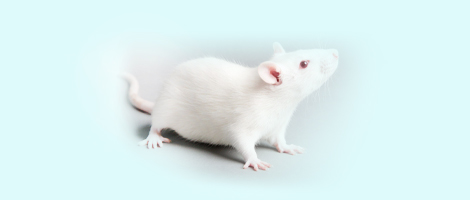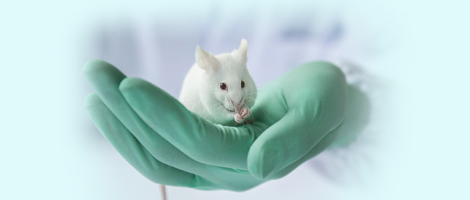






实验动物与比较医学 ›› 2014, Vol. 34 ›› Issue (2): 140-144.DOI: 10.3969/j.issn.1674-5817.2014.02.012
吕相川, 张婀娜, 周生来, 王惟, 于洋, 郑志红
LÜ Xiang-chuan, ZHANG E-nuo, ZHOU Sheng-lai, YU Yang, WANG Wei, ZHANG Mei-ying, ZHENG Zhi-hong
摘要: 目的 研究体外受精-胚胎移植(IVF-ET)技术在APP/PS1双转基因小鼠繁育中的应用。方法 分别应用自然交配与体外受精方法进行APP/PS1双转基因繁育,比较受精率及产仔数量; 腹腔注射PMSG-HCG超排雌性C57BL/6小鼠,分别与12周龄、24周龄、36周龄、52周龄、72周龄的成年雄性APP/PS1双转基因小鼠进行体外受精,将获得的2-细胞胚胎移植到假孕雌鼠的输卵管,通过PCR方法对仔代小鼠进行鉴定。结果 6只雄性转基因小鼠与18只野生型雌性小鼠自然方式交配,实验周期为21 d,获得胚胎的受精率为73.3%。应用体外受精的方法用1只雄性转基因小鼠的精子与18只雌性野生型小鼠的胚胎进行体外受精, 受精率达到95%, 实验周期为4 d。两种繁育方式产仔数量阳性小鼠数量有显著差异(P<0.05), 阳性率无显著性差异(P>0.05)。12周龄、24周龄、36周龄的APP/PS1转基因雄性小鼠的体外受精结果显示,三种不同周龄的雄性APP/PS1转基因小鼠受精率、产仔数量及阳性率均无显著性差异(P>0.05)。对应用常规繁育方法难以获得后代的老龄APP/PS1双转基因雄性小鼠(52周龄、72周龄)体外受精率分别为85.6%、84.1%,获得阳性后代18只和14只。结论 APP/PS1双转基因小鼠可以采用IVF-ET技术进行繁育,为APP/PS1双转基因小鼠快速扩大繁育提供一种新方式。
中图分类号: